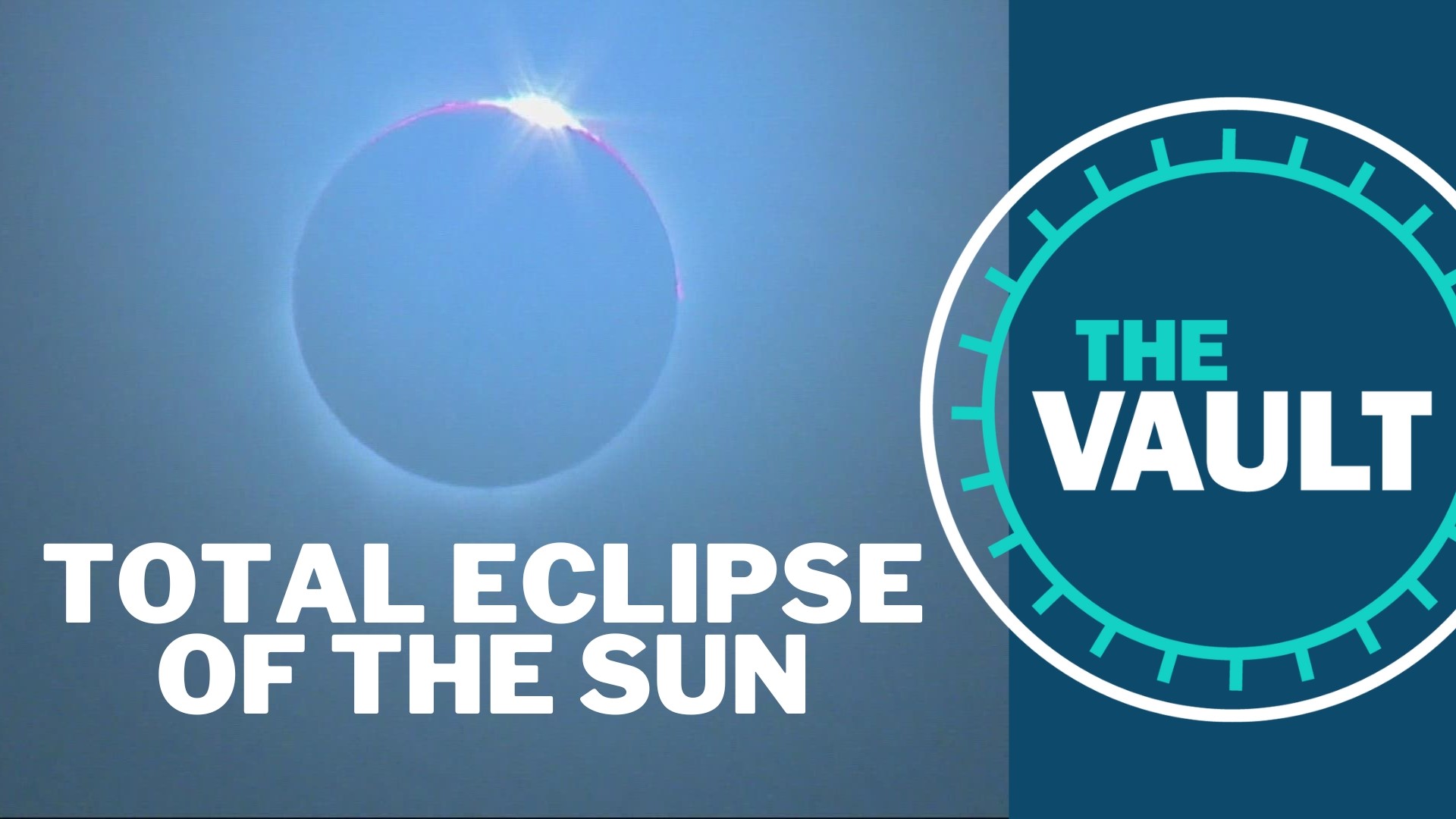PORTLAND, Ore. — In 2023, an annular solar eclipse will travel directly over Oregon. One of the more spectacular events put on by nature, a solar eclipse happens when the moon passes between the Earth and the sun, blocking the sun's light.
One of the more memorable examples of this event was in 2017 with the total solar eclipse. The path of the blackout traveled directly over Oregon and caused thousands of people to flock to the state for a chance to see it for themselves.
According to NASA, the difference between an annular and a total eclipse depends on the distance between the moon and the earth.
When the moon is at its farthest point from Earth and passes between our planet and the sun, this produces an annular eclipse. The name derives from the "ring-shaped" halo of the sun which is visible around the area obscured by the moon.
Although the 2023 eclipse won't be as dark as the eclipse of 2017, it will still be pretty impressive. The event will start becoming visible in Oregon shortly after 8 a.m. on October 14 — beginning with a partial eclipse before reaching "annularity" a little after 9 a.m.
The eclipse will make landfall on the Oregon Coast and will be viewable from as far south as Reedsport, to as far north as Tillicum Beach.
According to maps provided by NASA, the path of darkness will then continue in a southeasterly direction across the state, hitting places like Eugene, Crater Lake and Lakeview before crossing the border into California and Nevada.
The eclipse will reach maximum coverage at 9:18 a.m. in the Eugene area, producing near-total darkness. The moon will then begin to clear the sun, completely restoring daylight at about 10:39 a.m. Check out the American Astronomical Societies' website for more information on coverage times in your area.
NASA says that another total eclipse will be visible in North America in 2024. The eclipse is set to begin on April 8 and will pass over a substantial portion of the United States.
When viewing a solar event please remember that it is never safe to look at the sun directly. Doing so may cause damage to your eyes or blindness. NASA recommends using genuine eclipse glasses or a pin hole projector. For more safety tips visit their safety page.

